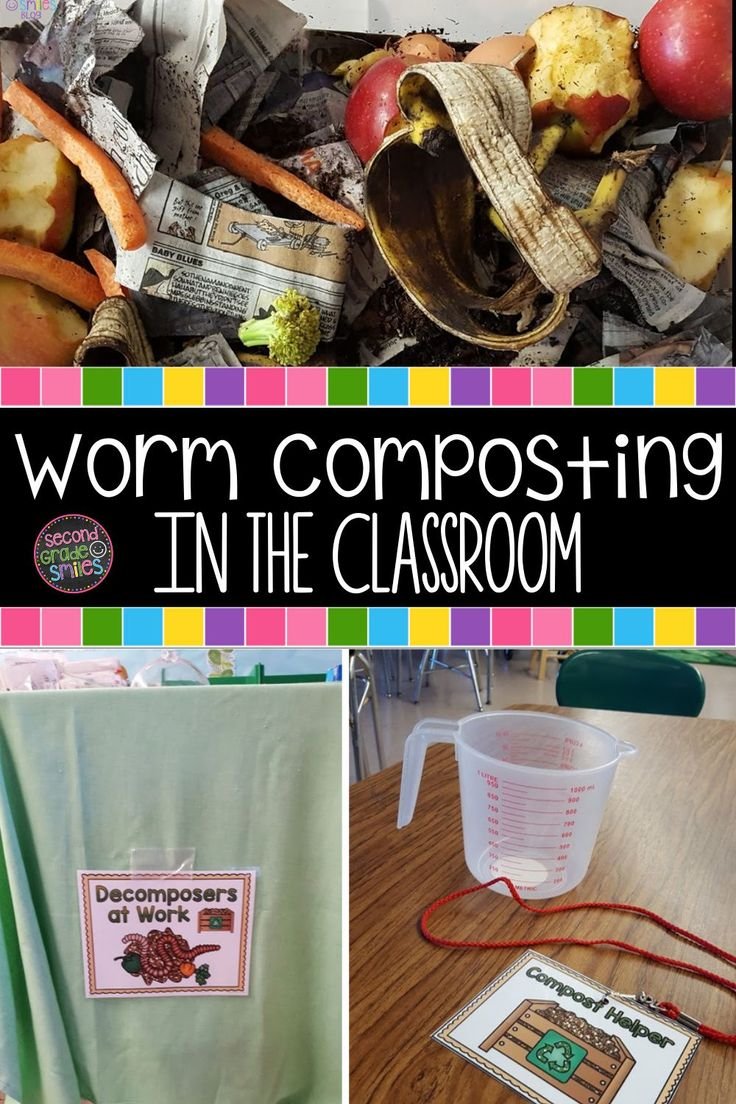
So, how do you build a classroom earthworm farm? Let’s dive into this exciting journey together. We’ll explore the benefits of vermiculture, the materials you’ll need, and step-by-step instructions on setting everything up. Think of this as your guide to nurturing your own little slice of nature.
Why Start an Earthworm Farm?
You might be wondering, “What’s the big deal about worms?” Well, earthworms are nature’s recyclers. They break down organic matter and create nutrient-rich soil. For students, building an earthworm farm teaches valuable lessons on decomposition, environmental responsibility, and the food chain.
Additionally, it connects them with gardening and sustainability practices. They can see firsthand how waste can be transformed into something useful. It’s not just about worms; it’s about fostering a relationship with our environment. Plus, it’s a great way to encourage teamwork as students collaborate on caring for the farm.
Gathering Materials
To build your classroom earthworm farm, you’ll need a few materials. Honestly, it’s not too complicated! Here’s what you should gather:
- A container: A clear plastic bin or a wooden box works well.
- Soil: Use a mix of garden soil and compost.
- Earthworms: You can get red wigglers (Eisenia fetida) from a local garden store or online.
- Food scraps: Collect kitchen scraps like fruits and veggies, but avoid citrus and meat.
- Moisture: A spray bottle to keep things damp.
Consider the size of your container based on how many worms you want to raise. A bin that’s about 10-12 inches deep is a good start. Having a lid is also essential to keep things contained and maintain humidity.
Setting Up Your Earthworm Farm
Now that you’ve gathered your materials, it’s time to set up the farm. Here’s a simple step-by-step guide:
1. **Prepare the Container:** Start by drilling small holes in the lid for ventilation. This ensures your worms get enough oxygen while preventing them from escaping.
2. **Layer the Bedding:** Add about 4-6 inches of damp bedding. This could be a mix of shredded newspaper, cardboard, and leaves. Think of it as the worms’ cozy home.
3. **Add Soil and Compost:** Sprinkle some garden soil and compost on top of the bedding. This provides the necessary nutrients for your worms.
4. **Introduce the Worms:** Gently place the red wigglers into the bin. They’re curious little creatures, so it won’t take long for them to start exploring their new home.
5. **Feed Them:** Add small amounts of food scraps to one side of the container. Rotate the feeding area to encourage the worms to explore the entire bin.
Caring for Your Worm Farm
Caring for your earthworm farm is pretty straightforward, but here are a few key points to ensure everything runs smoothly:
– **Moisture Levels:** Earthworms need a moist environment, so keep the bedding damp but not soaking wet. Use that spray bottle to mist the bedding regularly.
– **Feeding Routine:** Feed your worms every few days, but don’t overdo it. Too much food can lead to odors and pests. A good rule of thumb is to start small, then increase as needed.
– **Check for Pests:** Keep an eye out for any unwanted critters. If you see flies, it might be a sign of overfeeding. Remove excess food to keep things balanced.
– **Temperature Control:** Maintain a comfortable temperature for your worms—ideally between 55°F and 77°F. They’re sensitive to extreme heat or cold, so place the bin in a shaded area.
Educational Benefits for Students
Integrating an earthworm farm into your classroom brings a wealth of educational benefits. Here are just a few areas where students can learn while having fun:
– **Biology:** Students can study the anatomy and behavior of earthworms. They’ll learn how worms play a crucial role in soil health and the ecosystem.
– **Environmental Science:** This project emphasizes sustainability. Students get hands-on experience in composting and waste management, which can inspire eco-friendly practices.
– **Gardening Skills:** If your class is also growing plants, the compost produced by the worms can be used as fertilizer. This creates a full-circle learning experience from waste to plant growth.
– **Teamwork:** Managing the worm farm requires collaboration. Students can take on different roles, whether it’s feeding, checking moisture levels, or documenting changes.
Harvesting Worm Castings
After a few months of care, you’ll notice that your earthworm farm is thriving. One of the most exciting parts of this journey is harvesting worm castings, or “black gold” as gardeners call it. Here’s how to do it:
1. **Stop Feeding:** A few days before harvesting, stop adding food to the bin. This encourages the worms to eat up any leftovers.
2. **Separate the Worms:** Gently scoop out the castings. Use a light and careful touch so you don’t harm your worms. You can also place them in a separate container to allow the worms to migrate back to the undigested material.
3. **Use the Castings:** The nutrient-rich castings can be mixed into potting soil or used directly in the garden. Watch how your plants thrive with this organic fertilizer!
Common Issues and Troubleshooting
Even with the best intentions, you might encounter some hiccups along the way. Let’s address a few common issues:
– **Odor Problems:** If your farm smells bad, it’s likely due to overfeeding. Remove excess food and aerate the bedding to freshen things up.
– **Dry Bedding:** If the bedding is too dry, your worms might not thrive. Make sure to mist the bedding regularly to maintain the right moisture level.
– **Escaping Worms:** If worms are trying to escape, it may be too hot or dry. Adjust the environment, and ensure there are enough damp areas for them to retreat to.
By staying aware and responsive, you can keep your classroom earthworm farm healthy and thriving.
Wrapping Up Your Classroom Earthworm Adventure
Building a classroom earthworm farm is a rewarding project that offers students a unique perspective on nature. From understanding the role of worms in our ecosystem to cultivating a sense of responsibility, this experience is packed with valuable lessons.
As you embark on this adventure, remember that patience is key. The more you care for your earthworms, the more exciting discoveries you’ll make together. So go ahead, roll up your sleeves, and dive into this earthy experience! You might just find that you’re nurturing a new generation of environmentally conscious thinkers right in your classroom. Happy worm farming!

